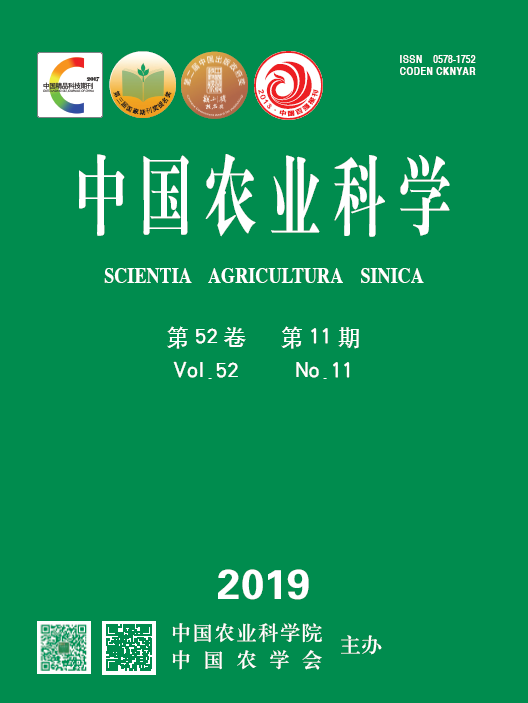【Objective】 The purpose of this survey was to study the manganese (Mn) contents in various feed ingredients from different provinces (municipalities, regions) and the basal diets of pigs and chickens in China, so as to provide a scientific basis for the reasonable addition of Mn to the diets. 【Method】 A total of 37 kinds of 3 922 feed samples from 31 provinces, municipalities and regions were digested by microwave, and then the Mn contents were measured by IRIS IntrepidⅡ plasma emission spectrometer. The feed samples fall into seven types: cereals (corn, wheat, rice and barley), cereal by-products (broken rice, wheat middling, wheat bran, rice bran, corn DDGS, wheat DDGS, corn germ meal and corn gluten meal), plant protein ingredients (extruded soybean, soybean meal, rapeseed meal, cottonseed meal, peanut meal, linseed meal and sunflower seed meal), animal protein ingredients (fish meal, meat meal, hydrolyzed feather meal, dried porcine solubles, plasma protein powder and dried blood cells), straw ingredients (corn straw, sweet potato vine, rice straw and wheat straw), pasture ingredients (Leymus chinensis, ryegrass, alfalfa and corn silage) and mineral ingredients (limestone, dicalcium phosphate, oyster shell meal and bone meal). 【Result】 The results showed that the average Mn contents of these 37 kinds of feed ingredients ranged from 0.4 to 1 104.8 mg·kg -1, and the distribution regularities of Mn contents in different species of feed ingredients were as follows: mineral ingredients>straw ingredients>cereal by-productscpasture ingredients>plant protein ingredients>cereals>animal protein ingredients. Among the same kind of feed samples, there were significant differences (P<0.0003) in the Mn contents from all types of feed ingredients. In the cereals, the highest and lowest Mn contents were observed in the rice (77.7 mg·kg -1) and corn (5.7 mg·kg -1), respectively; in the cereal by-products, the highest and lowest Mn contents were observed in the rice bran (166.0 mg·kg -1) and corn gluten meal (4.6 mg·kg -1), respectively; in the plant protein ingredients, the highest and lowest Mn contents were observed in the rapeseed meal (68.0 mg·kg -1) and cottonseed meal (27.0 mg·kg -1), respectively; in the animal protein ingredients, the highest and lowest Mn contents were observed in the fish meal (48.5 mg·kg -1) and dried blood cells (0.4 mg·kg -1), respectively; in the straw ingredients, the highest and lowest Mn contents were observed in the rice straw (458.1 mg·kg -1) and wheat straw (37.8 mg·kg -1), respectively; in the pasture feeds, the highest and lowest Mn contents were observed in the Leymus chinensis (89.1 mg·kg -1) and alfalfa (33.0 mg·kg -1), respectively; in the mineral ingredients, the highest and lowest Mn contents were observed in the dicalcium phosphate (1 104.8 mg·kg -1) and bone meal (16.9 mg·kg -1), respectively. Regional comparisons on a basis of provinces (regions) were made of Mn contents of corn, wheat and soybean meal, showing significant effects (P<0.0004) of regional environments on Mn contents in corn and soybean meal. The highest and lowest Mn contents of corn were observed in Guizhou (7.9 mg·kg -1) and Inner Mongolia (4.2 mg·kg -1), respectively; the highest and lowest Mn contents of soybean meal were observed in Zhejiang province (48.3 mg·kg -1) and Guangdong province (34.4 mg·kg -1), respectively. Calculated Mn contents in basal diets from 142 common formulations of pigs and chickens in our country ranged from 14.4 to 32.1 mg·kg -1. According to Mn requirements of pigs and chickens from feeding standards of China and NRC of the United States, the Mn contents in the basal diets could provide about one-fourth and all the nutritional needs of recommended Mn requirements for pigs and chickens, respectively. 【Conclusion】 The above results showed that the Mn contents in feed ingredients varied greatly in different kinds and regions, and the Mn contents in basal diets from common formulations of pigs and chickens in our country could partly provide the nutritional requirements for chickens and the full needs of pigs. However, the bioavailabilities of Mn in different feed ingredients have not been considered in above evaluation. Therefore, the Mn contents in feed ingredients of different kinds and regions should be considered in the preparation of diets, so as to formulate the diets accurately and ensure efficient production of livestock and poultry and reduce supplemental Mn level and environmental pollution caused by Mn emission.









